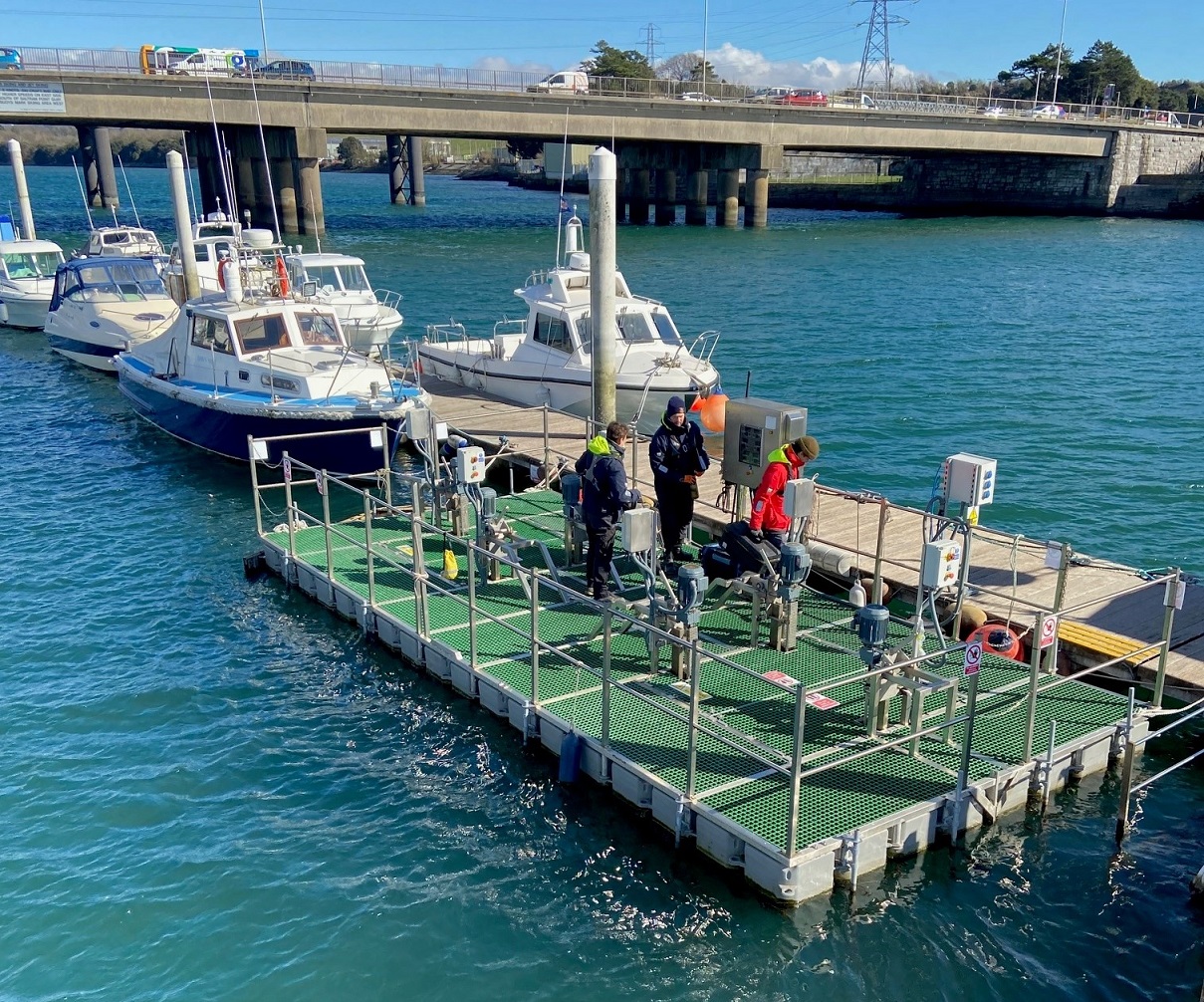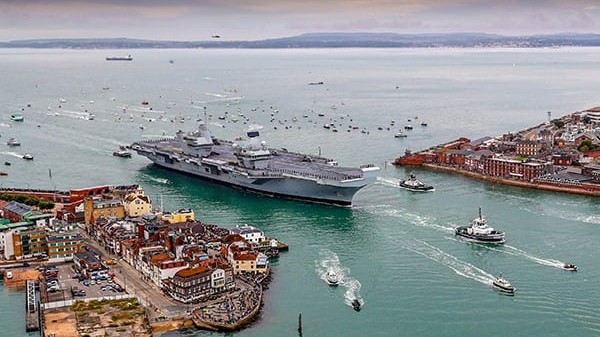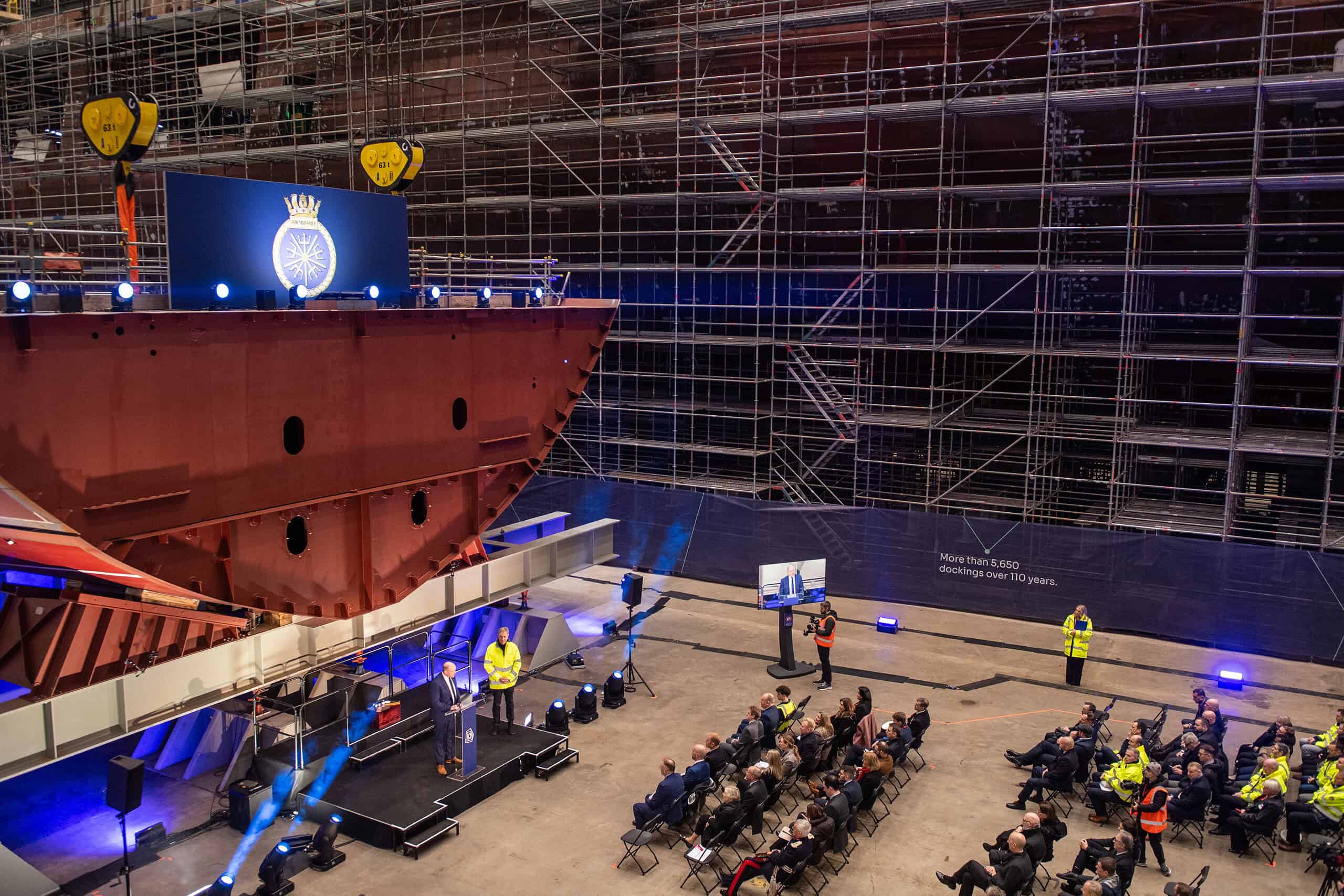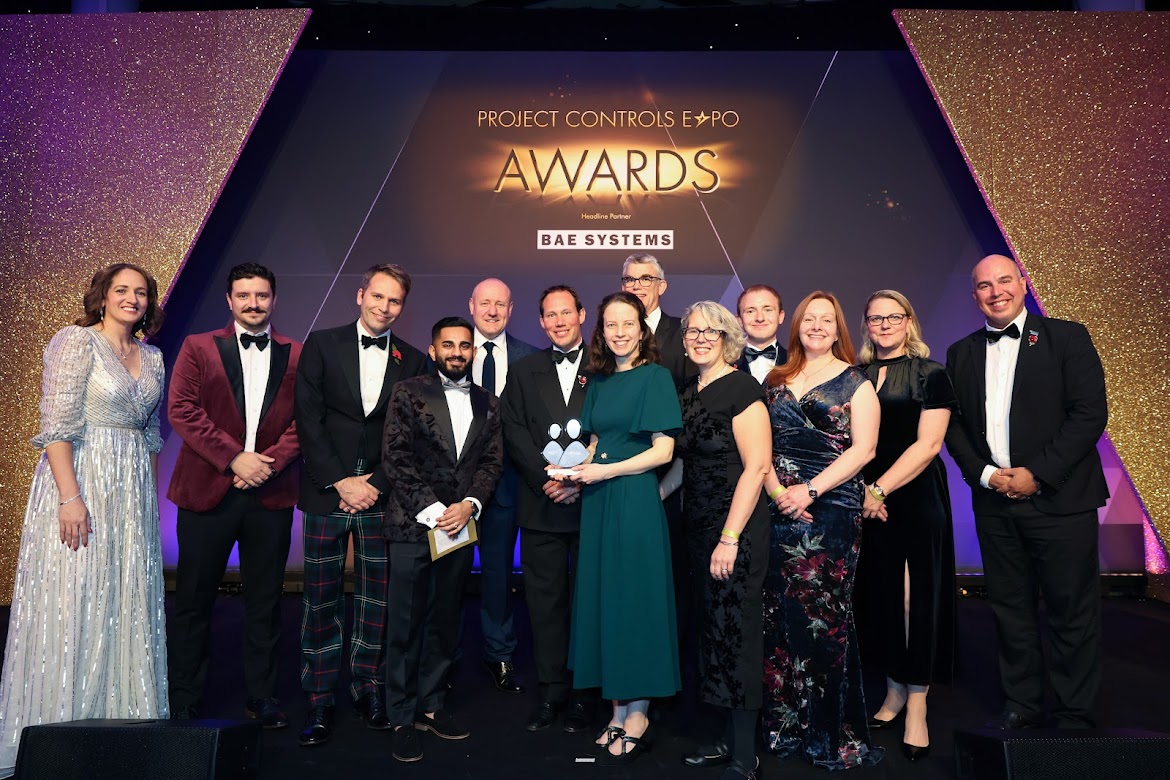Published 16 March 2023
Image courtesy of PML Applications.
Share this story
UK scientists are taking a ground-breaking approach to ensure Royal Navy ships can operate more sustainably and limit impact on marine biodiversity.
Biofouling – the accumulation of unwanted marine growth on the hulls of ships – is a problem for all vessels. The increased hull friction it causes requires ship engines to work harder, resulting in increased fuel consumption and increased greenhouse gas emissions.
Heavily-fouled hulls also spread marine organisms beyond their natural ranges, with the potential for negative environmental impacts.
Defence Equipment and Support (DE&S), the procurement arm for the UK Armed Forces, has been working with QinetiQ and PML Applications to design and manufacture a specialist raft which can test anti-fouling coatings on five different classes of Royal Navy ships at the same time – the RFA Tide Class, Type 23 Frigate, Type 45 Destroyer, Landing Platform Dock (LPD) and Sandown Mine Sweeper.

In the past, patch tests were applied to one ship which sailed for around one or two years, and the paint that performed the best would be used across the whole fleet, which didn’t always result in the best protection for the ship.
Jason Jones, from DE&S’s Ships Husbandry Team, said:
“Biofouling Management Regulations around the world require ships to demonstrate effective biofouling management, is now an entry requirement for many global ports and harbours. If a ship is unable to do this, it may be prevented from continuing its deployment and this would impact on its operational capability. As well as developing the testing systems, our teams have been improving documentation for ships to be able to demonstrate that they are complying with the regulations.”
DE&S has invested £350,000 in the work, which includes the cost of the raft, equipment, laboratory costs and the scientists working on the project. By looking at where the ship is sailing, how fast it will be travelling and how many days it will be docked for, scientists can determine the most efficient anti-fouling paint for that ship to prevent the build-up of biofouling.
Dr Tom Vance, PML Applications’ Chief Operating Officer said:
“We’re very proud to be supporting the Navy, through DE&S, by generating independent data to show how different biofouling management technologies including coatings actually perform. Our unique field-based testing infrastructure simulates the speed and activity profiles of different classes of ships, allowing us to match the best antifouling coatings and tailored protection measures to individual vessels. This will enable the Navy to select the optimum antifouling coating technology and biofouling management approach for use”.
With fuel typically accounting for a significant percentage of marine transport costs, this work, while is still in the early stages, has the potential delivery efficiencies for the Royal Navy, as well as reducing adverse environmental effects such as carbon emissions and biodiversity imbalances.













